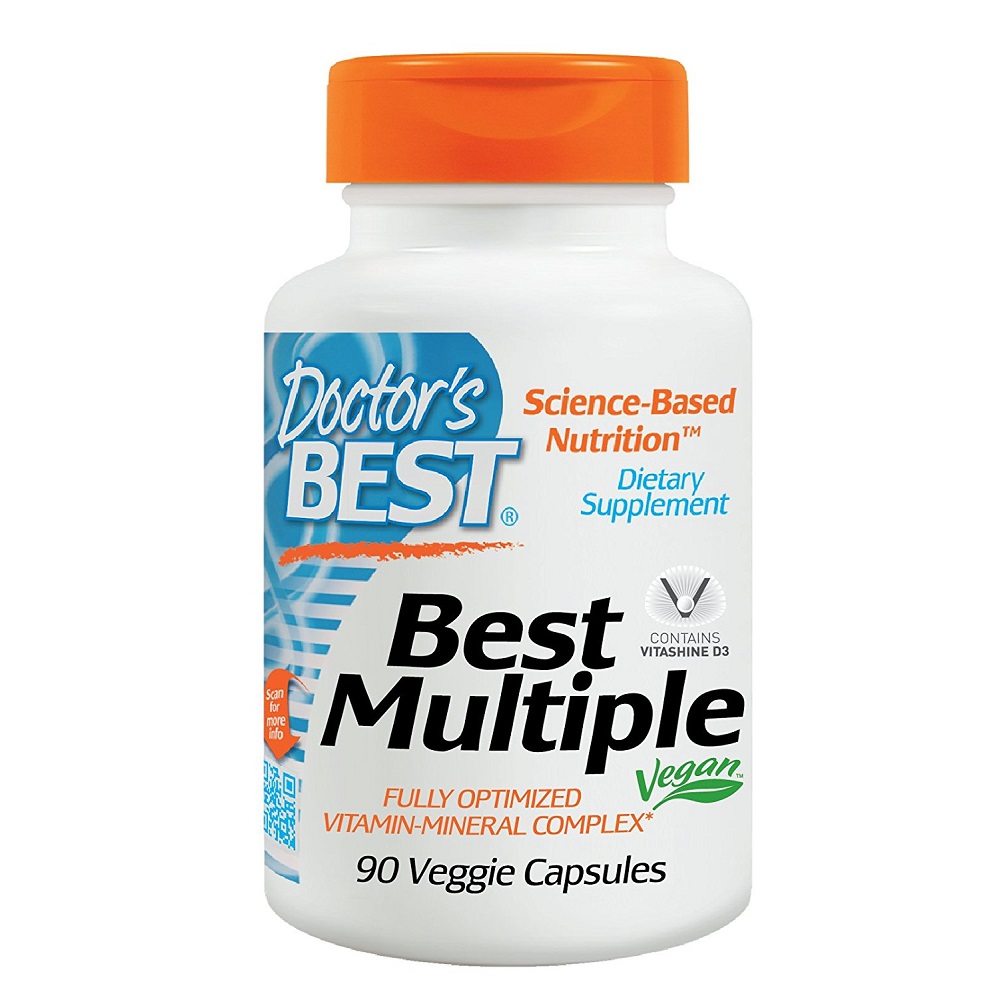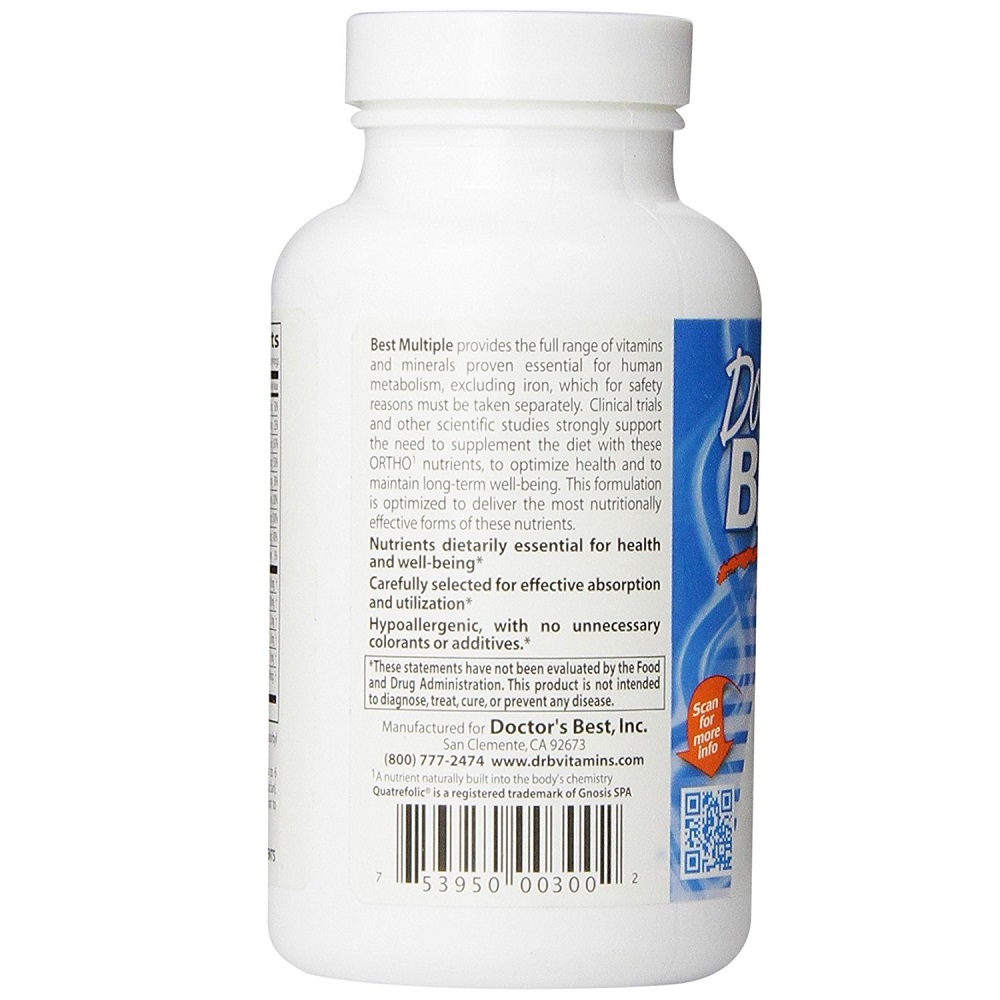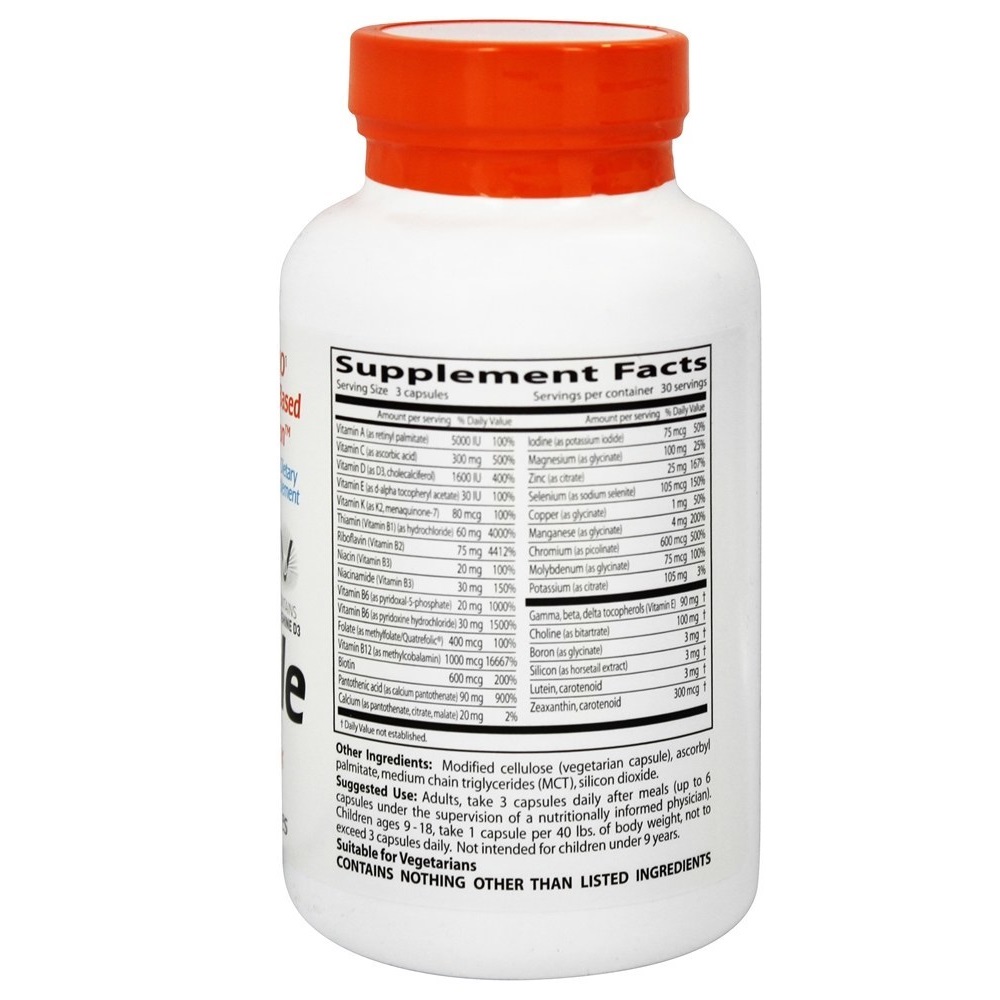| Vitamin A | Vitamin A, also called retinol, helps your eyes adjust to light changes when you come in from outside and also helps keep your eyes, skin and mucous membranes moist. |
|---|
| Vitamin C | Vitamin C is an antioxidant found in fruits and vegetables. It is important for your skin, bones, and connective tissue. It promotes healing and helps the body absorb iron. |
|---|
| Vitamin D | Vitamin D is also used for treating weak bones, bone pain, bone loss in people with a condition called hyperparathyroidism, and an inherited disease in which the bones are especially brittle and easily broken. |
|---|
| Vitamin E | Vitamin E is an important vitamin required for the proper function of many organs in the body. It is also an antioxidant. This means it helps to slow down processes that damage cells. |
|---|
| Vitamin K | Vitamin K plays a key role in helping the blood clot, preventing excessive bleeding. Unlike many other vitamins, vitamin K is not typically used as a dietary supplement. |
|---|
| Thiamin | Vitamin B1 also known as Thiamine or Thiamin is a water-soluble vitamin, it is part of the B vitamin family. B vitamins support adrenal function, help calm & maintain a healthy nervous system, and are key for metabolic processes. |
|---|
| Riboflavin (Vitamin B2) | Riboflavin is used for preventing low levels of riboflavin (riboflavin deficiency), cervical cancer, and migraine headaches. It is also used for treating riboflavin deficiency, acne, muscle cramps, burning feet syndrome, carpal tunnel syndrome, and blood disorderssuch as congenital methemoglobinemia and red blood cell aplasia. |
|---|
| Niacin | Niacin helps in creating sex hormones for people suffering through sexual disorders like impotence and erectile dysfunction. Vitamin B3 performs the important function of converting proteins, carbohydrates and fats into energy. |
|---|
| Niacinamide | Niacinamide (nicotinamide) is a form of vitamin B3 (niacin) and is used to prevent and treat niacin deficiency (pellagra). Niacinamide is applied to the skin for treating a skin condition called inflammatory acne vulgaris. |
|---|
| Vitamin B6 (as pyridoxal-5-phosphate) | Vitamin B6 is used for preventing and treating low levels of pyridoxine (pyridoxine deficiency) and the “tired blood” (anemia) that may result. It is also used for heart disease; high cholesterol; reducing blood levels of homocysteine, a chemical that might be linked to heart disease; and helping clogged arteries stay open after a balloon procedure to unblock them (angioplasty). |
|---|
| Vitamin B6 (as pyridoxine hydrochloride) | Vitamin B6 plays an important role in refurbishing the immune system of the human body to the required functional level. |
|---|
| Folate | Used for preventing and treating low blood levels of folate (folate deficiency), as well as its complications, including "tired blood" (anemia) and the inability of the bowel to absorb nutrients properly. Folic acid is also used for other conditions commonly associated with folate deficiency, including ulcerative colitis, liver disease, alcoholism, and kidney dialysis. |
|---|
| Vitamin B12 | Vitamin B12 is applied to the skin either alone or in combination with avocado oil for psoriasis and eczema. |
|---|
| Biotin | Biotin, also known as Vitamin B7 and Vitamin H is used in treating and preventing hair loss, brittle nails, skin rash in infants, diabetes, and mild depression. |
|---|
| Pantothenic Acid (as calcium pantothenate) | Vitamin B5 acts as a synthesizer of many important components required by the human body. For instance, it is essential for the formation of fats, proteins, carbohydrates, amino acids and antibiotics, while also stimulating adrenal hormones. |
|---|
| Calcium | Calcium is a mineral that is an essential part of bones and teeth. The heart, nerves, and blood-clotting systems also need calcium to work. |
|---|
| Iodine (as potassium iodide) | Iodine is a chemical element. The body needs iodine but cannot make it. The needed iodine must come from the diet. |
|---|
| Magnesium | Magnesium is required for the proper growth and maintenance of bones. Magnesium is also required for the proper function of nerves, muscles, and many other parts of the body. |
|---|
| Zinc | Zinc is used for boosting the immune system, treating the common cold and recurrent ear infections, and preventing lower respiratory infections. |
|---|
| Selenium (as sodium selenite) | Selenium is a mineral found in the soil. Selenium naturally appears in water and some foods. |
|---|
| Copper | Copper is also used for improving wound healing, and treating osteoarthritis and brittle bones (osteoporosis). |
|---|
| Manganese | Manganese is an essential nutrient involved in many chemical processes in the body, including processing of cholesterol, carbohydrates, and protein. |
|---|
| Chromium | Chromium helps to move blood sugar (glucose) from the bloodstream into the cells to be used as energy and to turn fats, carbohydrates, and proteins into energy. |
|---|
| Molybdenum (as glycinate) | Molybdenum works in the body to break down proteins and other substances. Molybdenum deficiency is very uncommon. |
|---|
| Potassium (as citrate) | Potassium is a mineral that the body needs to work normally. It helps nerves and muscles communicate. |
|---|
| Gamma | Α- and γ-cyclodextrin are being used in the food industry. As α-cyclodextrin is a soluble dietary fiber, it can be found as Alpha Cyclodextrin (soluble fiber) on the list of ingredients of commercial products. |
|---|
| Choline | Choline is taken by pregnant women to prevent neural tube defects in their babies and it is used as a supplement in infant formulas. Choline is used for liver disease, including chronic hepatitis and cirrhosis. |
|---|
| Boron | Boron is used for building strong bones, treating osteoarthritis, as an aid for building muscles and increasing testosterone levels, and for improving thinking skills and muscle coordination. |
|---|
| Silicon (as horsetail extract) | Silicon dioxide, also known as silica (from the Latin silex), is a chemical compound that is an oxide of silicon with the chemical formula SiO2 |
|---|
| Lutein | Related to beta-carotene and Vitamin A |
|---|
| Zeaxanthin | Zeaxanthin is a main component of the macular pigment in the retina. Zeaxanthin is preferentially deposited over lutein in the center of the macular, the most important area for central vision. Zeaxanthin is also found in the brain and other organs. |
|---|
| Modified Cellulose | Modified celluloses, also known as methylcellulose (MC) and hydroxypropylmethylcellulose (HPMC), are versatile, multifunctional food gums. |
|---|
| Ascorbyl Palmitate | Ascorbyl palmitate is an ester formed from ascorbic acid and palmitic acid creating a fat-soluble form of vitamin C. It is important for your skin, bones, and connective tissue. |
|---|
| Medium Chain Triglycerides (MCT) | MCTs are used along with usual medications for treating food absorption disorders including diarrhea, steatorrhea (fat indigestion), celiac disease, liver disease, and digestion problems due to partial surgical removal of the stomach (gastrectomy) or the intestine (short bowel syndrome). |
|---|
| Silicon Dioxide | Silicon dioxide, also known as silica (from the Latin silex), is a chemical compound that is an oxide of silicon with the chemical formula SiO2 |
|---|





Reviews
There are no reviews yet.